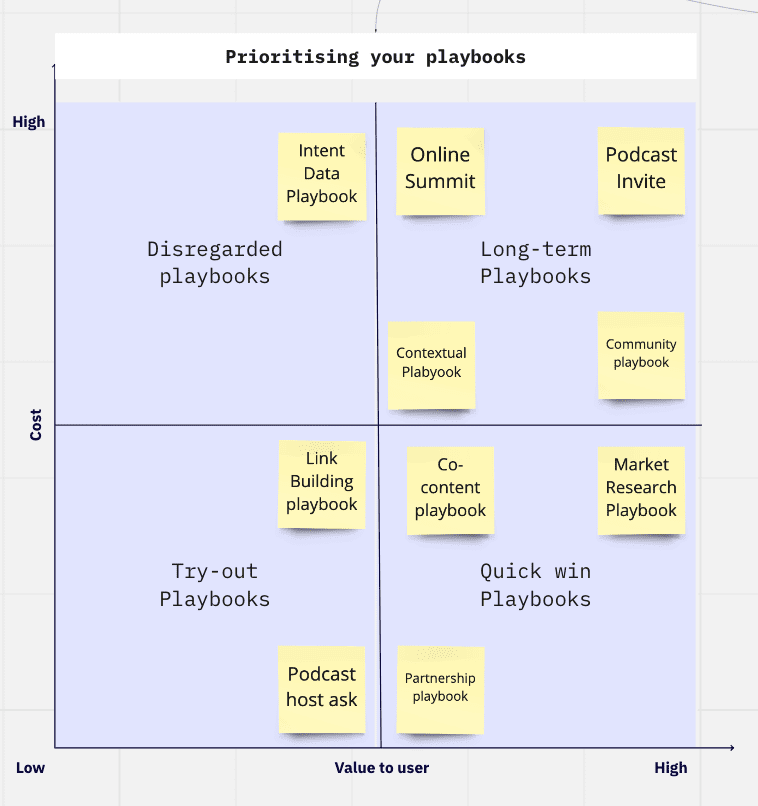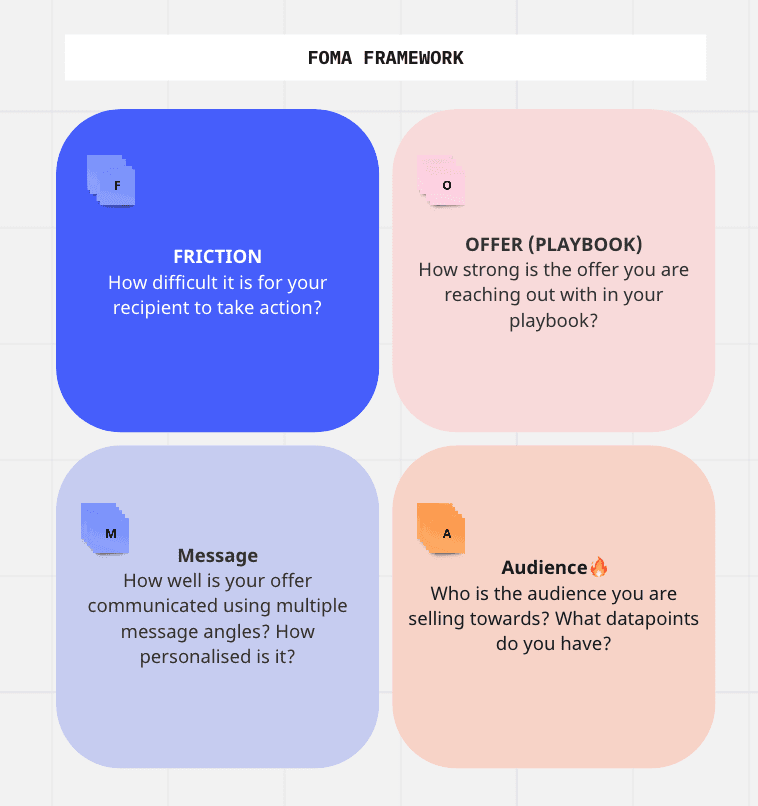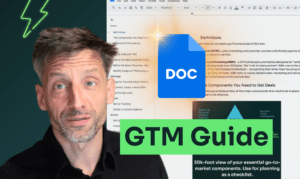Insights from a conversation with Ricardo Ghekiere
“What are a few things that most marketers get wrong?”
- Let us start with something controversial: Inbound marketing is all you need.
Yeah, you heard that right. If you do this well, you’ll never have to do outbound again.
Sounds too good to be true, doesn’t it? Probably because it is.
Unfortunately, you’ll find a bunch of self-proclaimed marketing gurus on LinkedIn claiming that. But not us.
Hard truth: you NEED both inbound and outbound marketing. The higher your deal size and product complexity, the more true this is.
Your customers aren’t buying off of your case studies, they’re buying from humans. Companies say they don’t employ a lot of resources into outbound, but they have a supremely hardworking sales team. In the end, your customers gotta speak to a human, and it really doesn’t matter if they’re from marketing or sales.
2. You can lead a horse to water, but ya can’t make it drink it.
Sure, maybe the software you use does really cool stuff. Hell, maybe it circles around in the sky and does somersaults and hand delivers your prospect the perfect brochure. But you still have to fly it!
Nothing replaces the foundation you built. You can’t skip finding your market segment or ICP and rush to buying a software tool. We get it, software is flashy and shiny and fun. But it will not deliver the expected results if your strategy is lacking (or broken).
3. Tech stack – how many is too many?
An average B2B SaaS marketing team should have one tool each for outbound and inbound email marketing, one for scheduling, one for customer support, a project management system of sorts, and a tool to integrate it all (CRM).
Or worse, using the tools wrong, like using Mailchimp for outbound marketing or not adding enough data in tools that produce your reports.
Pro tip: Keep your outbound and inbound tools separate.
But how do you use the tools correctly? Well, for starters, figure out your strategy.
There’s 10 steps to successful outbound marketing, here are a few questions to ask yourself to know if you’re ready.
The Outbound Model Canvas by Halent

- Start from the trenches. Answer questions like ‘what’s my business model’ and ‘do I have my objectives set up?’
- Decide on what the quantifiable measures of success for you are and how you qualify a lead.
- Have you split your budget according to seasonality or yearly quarters? Always pick the former.
- Figure out your markets and how you’re going to segment and sub-segment them (i.e by geographical location, company size, industry)
- After you’ve determined your markets and validated them, you need to find out your ICP within those markets. Does your current ICP fit your market segment?
- Find out your USP and why would your ICP buy from you. What do you have to offer that no one else does?
- How can you make use of the current content, and what sort of content do you need but are currently missing? How do you go about producing it?
- Succeeding once can be coincidence, but if you want to succeed over and over again, create (and use) playbooks. Playbooks are also great ways to collect a bunch of inbound leads and build curiosity and authority. Have you created playbooks in-house?
“The goal is to find the right playbook for your market segment”
Ricardo Ghekiere
9. Do you know where your prospects hang out? Are you reaching out to them on the right channels?
10. Are you using the right technology and tools to reach out to your prospects? What does your tech stack look like?
The next step is prioritizing your playbooks.

Quadrant 1: Here, the value to the user is high but the cost of producing this playbook is equally high. Best for once a year investments, like an online summit.
Quadrant 2: This represents the playbooks that are expensive to produce and yet have low value, for example, an intent data playbook. It’s fun to know the type of software your users use, but that’s way too much money to spend on something that’s ‘fun’ and not particularly ‘useful’.
Quadrant 3: Playbooks like link building playbooks fall under the low cost-low value quadrant.
Quadrant 4: The value here is high but the cost is way lesser. For example, the co-content playbook that lets you create content in tandem with the users.
Once you figure out where your playbook falls on the priority chart, you put them in the FOMA framework.

- Is the nature of the action/task you asked your user to complete easy or is it complicated? If it’s the latter, you need to switch it up.
- Is the offer lucrative? Does it benefit the user? What will they lose out on if they don’t agree?
- Your offer needs to be great in order to perfect your messaging, only amazing copy isn’t going to cut it.
- What does your audience look like? Do you have intent data?
Ultimately, it all boils down to how strong your offer is. If your strategy is in place, you know where your playbooks lie (how much value they provide and what it costs you) and your messaging is on point, you’re going to win at outbound.
Related Posts
- SDR superpowers for account-based marketing - ep 8
Be'Anka Ashaolu, VP of Marketing at Propel and Dan from Klear dive-into some exciting parts…
- The simple B2B growth-marketing play - ep 3
Can you have success with almost zero marketing? Some believe it’s possible. Up to a…
- Better account-based marketing with digital events - ep 1
Webinars have been the thing for quite a few years. In Episode 1 of our…

